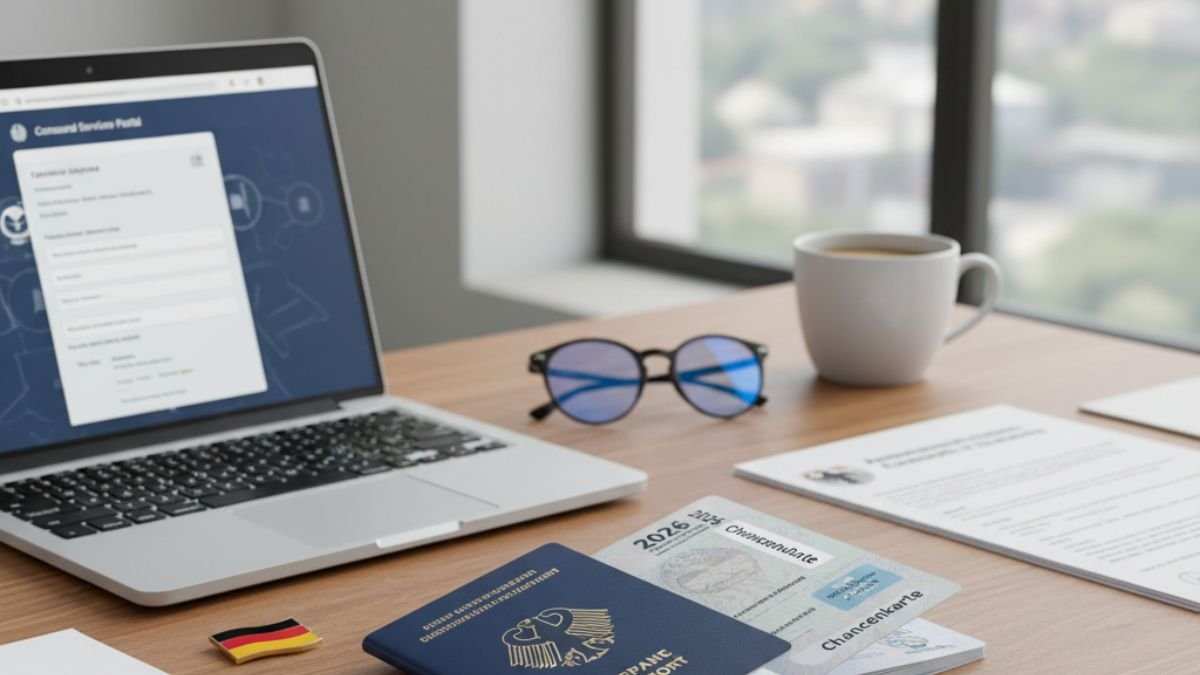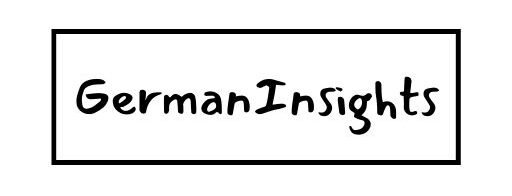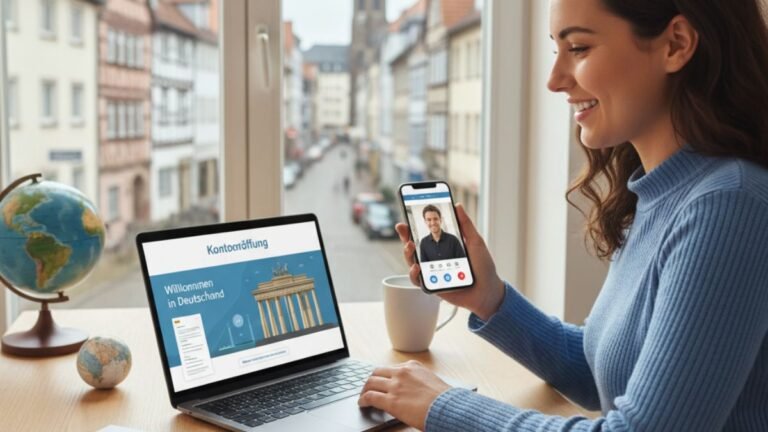Guide to German Visas in 2026: Navigating the New Pathways

Germany has rolled out the red carpet for skilled professionals worldwide, and its 2026 immigration landscape is more welcoming than ever. Driven by a need to fill around 400,000 skilled jobs annually, the country has modernized its laws to attract the “best minds”. The landmark Skilled Immigration Act has lowered barriers, streamlined bureaucracy, and introduced flexible new options for anyone looking to build a career in Europe’s economic powerhouse.
Whether you have a job offer in hand or you’re ready to take the leap and find one, there’s a pathway for you. This guide breaks down the top visa options for 2026, from the prestigious EU Blue Card to the innovative Opportunity Card.
Already Have a Job Offer? Your Fast Track to Germany
If you’ve already secured a job in Germany, your main decision will be between the EU Blue Card and a Skilled Worker Visa. Your qualifications and salary will determine the best fit.
The EU Blue Card: The Premier Choice for Graduates
The EU Blue Card is Germany’s top-tier residence permit for highly qualified academics and professionals. It offers the fastest route to permanent residency and excellent benefits for your family.
- Who is it for? University graduates (or IT specialists with equivalent experience) who have a job offer that matches their qualifications.
- Key Requirements:
- A recognized university degree. You can check if your degree and university are recognized on the official anabin database.
- A German employment contract for at least six months.
- A minimum gross annual salary. For 2025/2026, the thresholds are:
- €48,300 for standard occupations.
- €43,759.80 for “shortage occupations” (like engineers, IT specialists, doctors, and teachers), recent graduates (degree within the last 3 years), and IT specialists without a formal degree.
- Top Benefits:
- Fast-Track Permanent Residence: Settle permanently after just 27 months with basic German (A1 level), or in only 21 months with B1-level German proficiency.
- Simplified Family Reunification: Your spouse and children can join you easily, and your spouse will immediately have the unrestricted right to work in Germany.
Visas for Skilled Professionals: Valuing All Forms of Expertise
Germany recognizes that talent isn’t just academic. It has dedicated pathways for professionals with vocational training or extensive hands-on experience.
- Visa for Professionals with Vocational Training: This route is perfect for skilled workers in trades, technical fields, and healthcare. You need a vocational qualification from a program that lasted at least two years and has been officially recognized as equivalent to a German one, plus a job offer in your field.
- Visa for Experienced Professionals: This practical option is for those in non-regulated fields (like IT or marketing) with at least two years of professional experience and a foreign qualification, even if it’s not formally recognized in Germany. You must have a job offer with a minimum salary of €43,470.
No Job Offer Yet? Germany’s Invitation to You
The most groundbreaking change in German immigration law is the creation of a pathway for people to come to Germany first and find a job later.
The Opportunity Card (Chancenkarte): Your One-Year Ticket to Job Hunt
The Opportunity Card, or Chancenkarte, is a one-year residence permit designed specifically for job searching. It replaces the old Job Seeker Visa and offers much more flexibility.
- How it Works: You can enter Germany for up to a year to look for qualified employment. While searching, you are allowed to work part-time for up to 20 hours per week, which can help cover living costs.
- How to Qualify: There are two ways to get the card:
- Direct Path: If your foreign qualification is already fully recognized in Germany, you can get the card directly without needing to score points.
- Points-Based Path: Most applicants will use this route. You must meet a few basic requirements and then score at least six points.
- Basic Requirements (for the points path):
- A university degree or a vocational qualification (minimum two years of training).
- Basic German (A1 level) OR fluent English (B2 level) skills.
- Proof of financial security, which means having €13,092 in a German blocked account (Sperrkonto) for the year.
- The Points System: You can earn points for things like partial recognition of your qualifications (4 points), professional experience (2-3 points), German language skills (up to 3 points), your age (2 points if you’re 35 or younger), and having a qualification in a shortage occupation (1 point).
Once you find a job, you apply to convert your Opportunity Card into a full work permit like the EU Blue Card without having to leave the country.
How to Apply: Your 3-Phase Action Plan
While the new laws are welcoming, the application process remains meticulous. A successful application is all about preparation.
- Qualification Recognition (Start Here!)This is the most critical and time-consuming step. Before you can even apply for most visas, your qualifications must be assessed. For academic degrees, check the anabin database. For vocational training, use the “Anerkennung in Deutschland” portal. Start this process 6-9 months before you plan to apply for your visa.
- Assemble Your DocumentsCompile all necessary paperwork for a National Visa (Type D). This includes the application form, your passport, biometric photos, proof of qualification recognition, a job contract (if you have one), and proof of financial means (like a blocked account confirmation for the Opportunity Card).
- The Digital + In-Person ApplicationGermany now uses a hybrid model. You’ll start by filling out the application and uploading your documents online through the Consular Services Portal. However, you must still book and attend an in-person appointment at the German embassy or consulate to submit your original documents, provide fingerprints, and have a short interview.
Pro Tips for Success in 2026
- Choose Your Pathway Wisely. Don’t just apply for any visa. Carefully analyze your profile—qualifications, experience, and job offer status—to pick the single best route for you.
- Language is Your Accelerator. While you can enter with just English, learning German is the key to long-term success. For EU Blue Card holders, reaching B1-level German cuts the time to permanent residency from 27 to just 21 months.
- Embrace Digital, Prepare for In-Person. Use the online portal to create a perfect, error-free application, but book your in-person appointment far in advance, as slots can be limited.
If you’re looking for more blog like Guide to the EU Blue Card, Opportunity Card, and More and Best Car Sharing Apps in Germany subscribe to join us.






